The Grand Tour saw young European men from aristocratic families travel through Europe, with Italy being a key destination, to round off their education and broaden their horizons learning about language, architecture, geography, and culture.
Popular throughout the 18th century, this extended journey was seen as a rite of passage for mainly young, aristocratic gentleman and provided an opportunity to visit the major cultural centres of Italy.
Where did the Grand Tourists visit?
Major cultural cities on the Grand Tour in Italy included the Italian Riviera, Florence, Naples, the Amalfi Coast and Sicily in the south and of course Rome. Rome was important for the Grand Tourist to learn of the legacy left by the Romans to Western Civilisation. They mainly travelled in groups and often congregated in what was known as the English Ghetto in and around present-day Piazza di Spagna in Rome. Popular meeting places such as Caffe Greco in Via Condotti was a haven for the literary elite and aristocracy to discuss the issues of the day. These voyagers were done at a leisurely pace and often meant months and even years abroad.
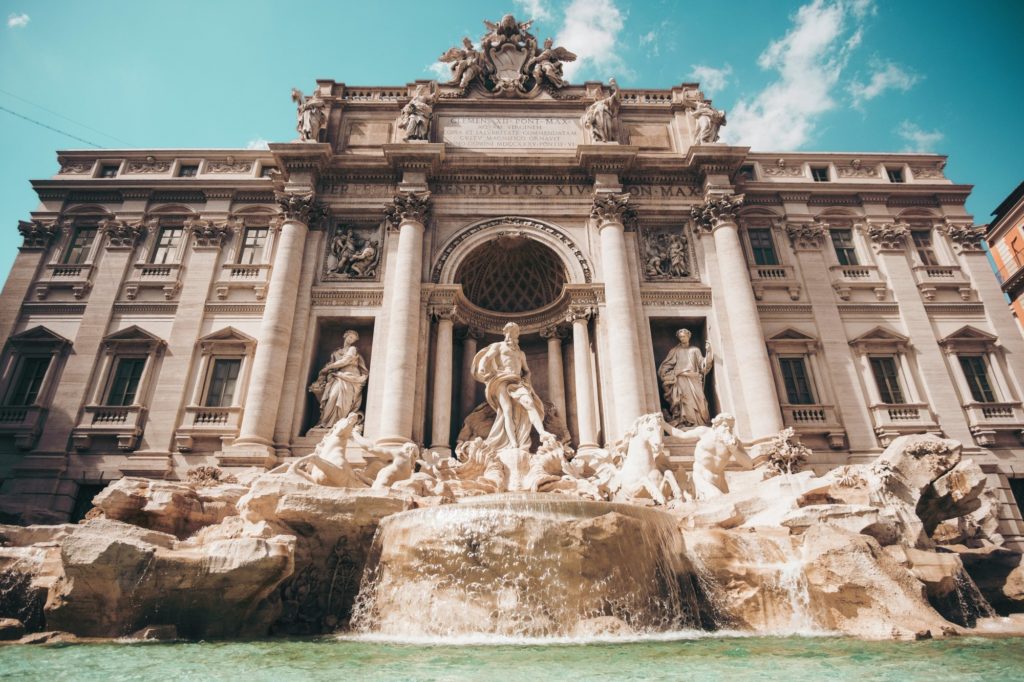
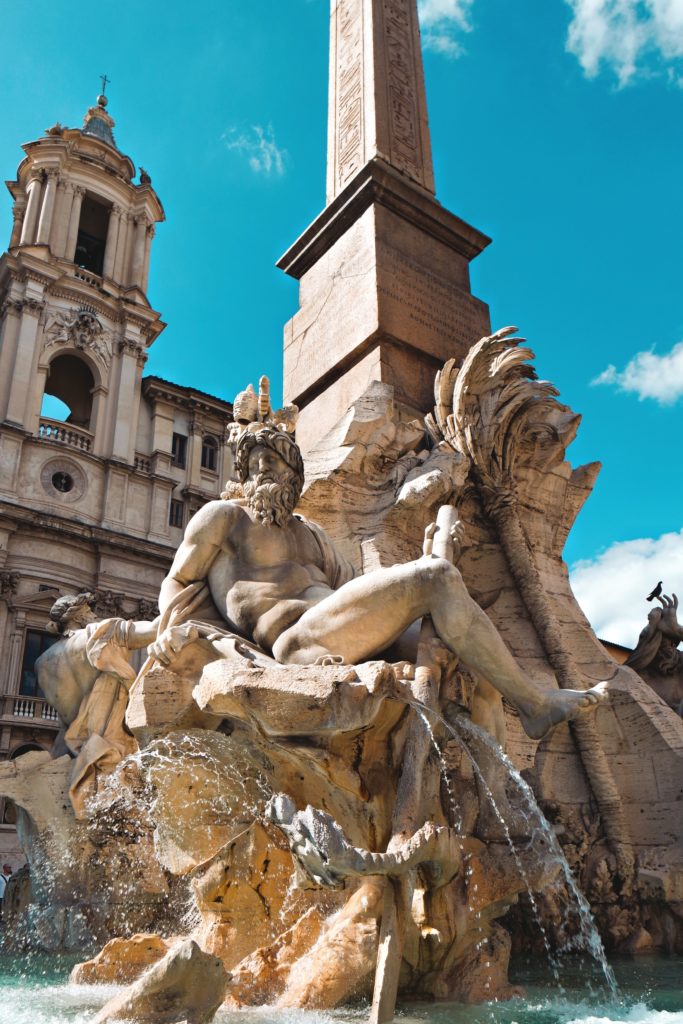
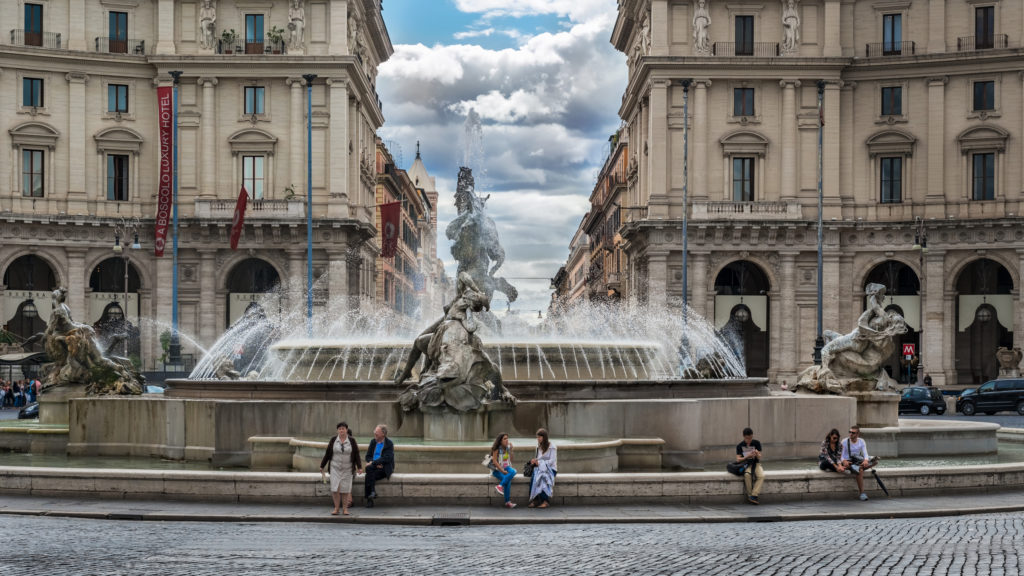
Florence and its magnificent galleries filled with Medieval and Renaissance artwork was always included as a mandatory stop for the Grand Tourist. There they could marvel at masterpieces by Michelangelo, Leonardo da Vinci, Raphael and Paolo Uccello to name only a few. Florence would also be the staging ground to explore some of the regional centres of wider Tuscany such as Siena, Pisa, Lucca and Volterra on the way to or from the capital Rome.
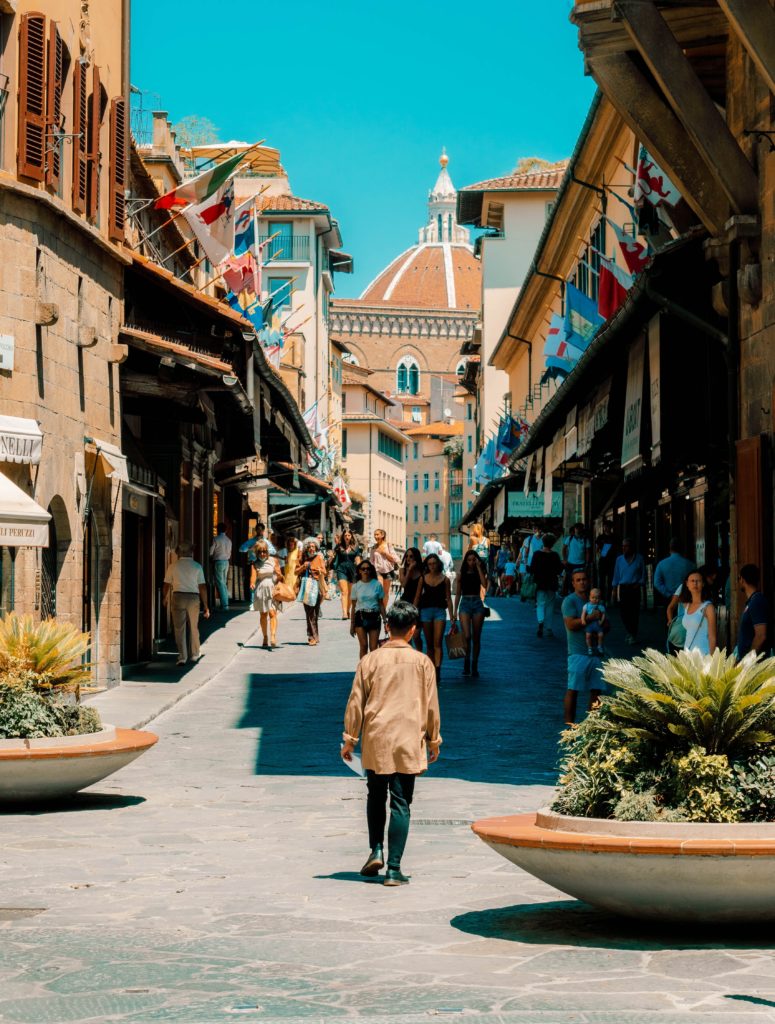
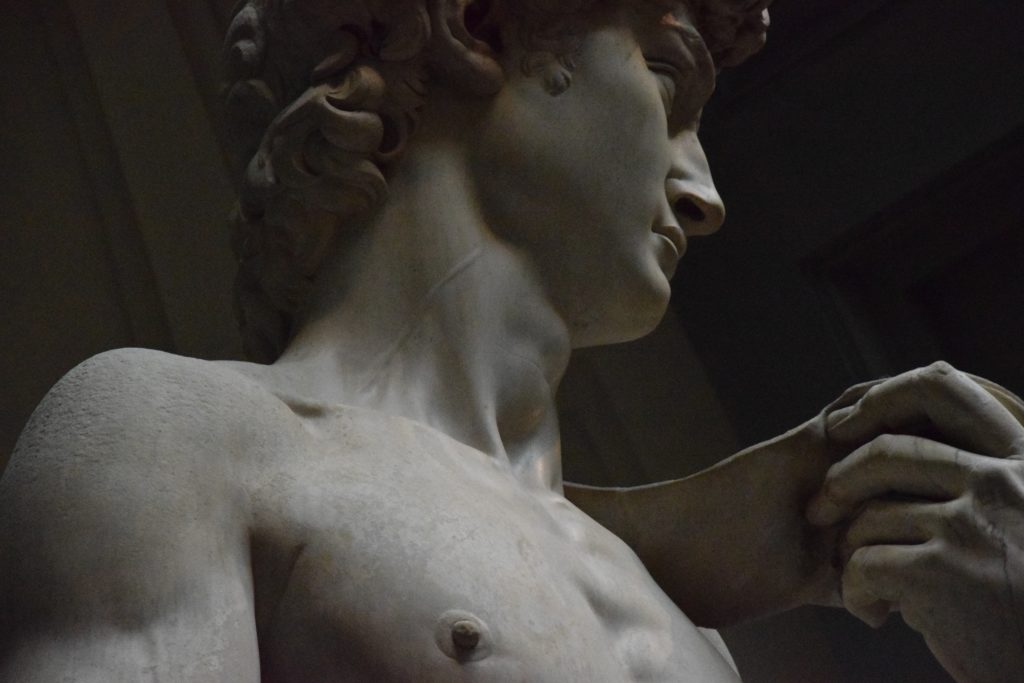
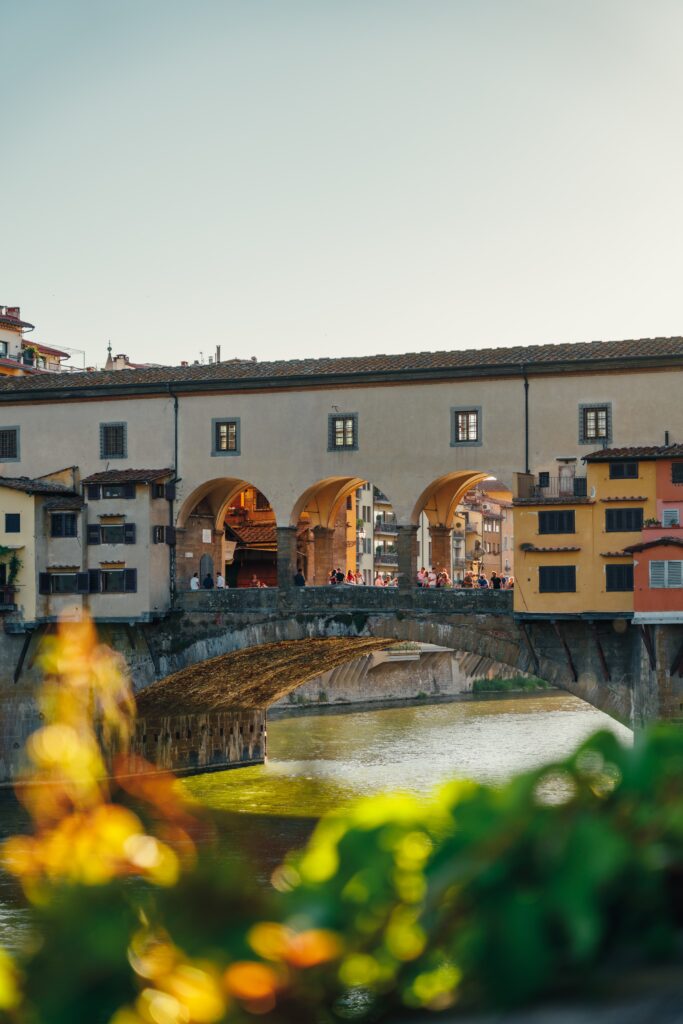
Venice was an essential stop and usually was left to the end of the journey. It attracted these travellers for its music, art and as a playground for the rich and famous. Concerts and lavish balls where high on the agenda and where possible a visit the ‘floating city’ was timed to coincide with the famous Carnevale di Venezia. Carnevale was an annual festival and where its patrons were permitted to wear a mask to cover their face and dress as they liked often in elaborate costume.
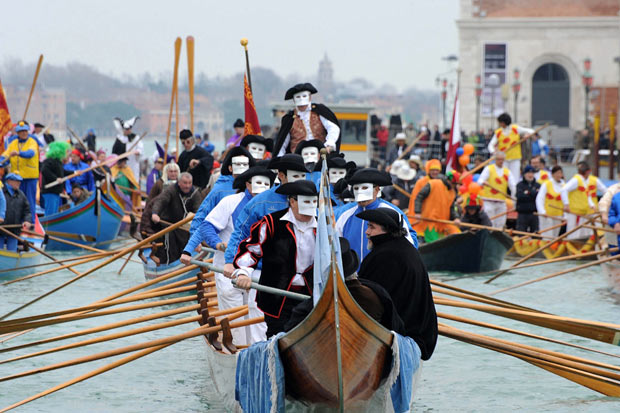
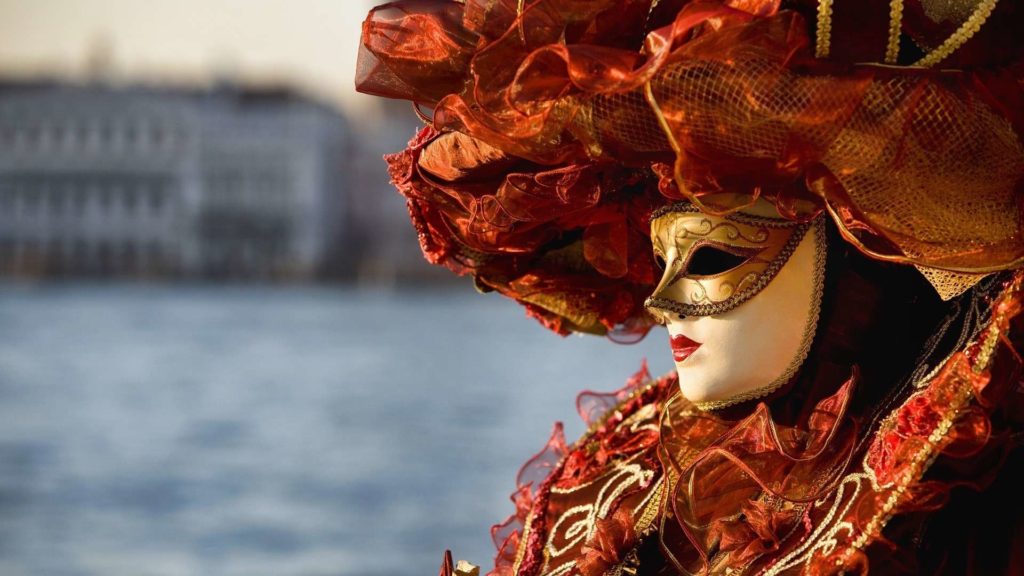
What was the historical importance of the Grand Tour?
The idea of the Grand Tourist was best described by the English writer Samuel Johnson who said, ‘A man who has not been in Italy, is always conscious of an inferiority, from his not having seen what it is expected a man should see’.
Travellers were expected to absorb as much art, cultural and society that their time and budget would permit them. They would take these learnings home with them and sometimes also return with souvenirs from their travels in the form of artworks or sculpture.
While the objectives are different today, the traveller still seeks to learn and experience as much as they can while in each destination. We are richer for it.
Want to walk in the footsteps of the Grand Tourist?
The family team at Vita Italian Tours, along with their local experts, keep true to the centuries-old tour taking you through Italy’s magnificent destinations on the Grand Tour of Italy small group tour.
It’s springtime and the countryside is in full bloom – a wonderful time to join the popular thirteen day small group tour ‘Grand Tour of Italy’. Beginning in Rome and ending in Venice you can retrace the footsteps of these travellers so many years ago. Stay in boutique centrally located hotel accommodation, dine in genuine local trattoria and go where the larger groups simply can’t visit.
If independent travel is more your style, why not let Vita Italian Tours plan your very own tailor-made private ‘Grand Tour’ itinerary for you.
Contact us today to plan your visit.

